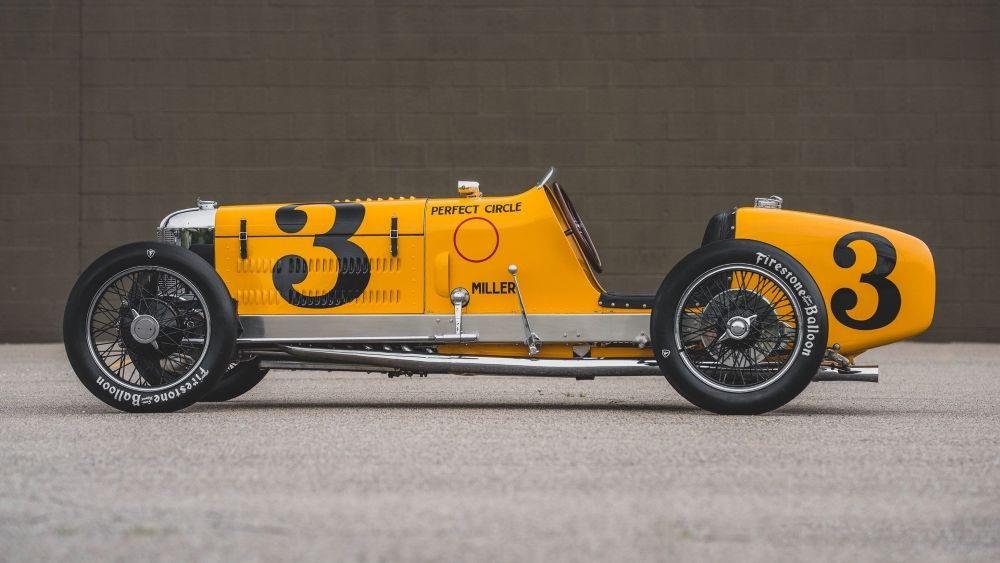
Harold didn’t work alone. There was the self-taught automotive engineer and respected machinist Fred Offenhauser and the talented draftsman and mechanical engineer, Leo Goossen, working shoulder to shoulder with Harold to create some of the finest race-winning engines of the 1910s and 1920s. The Miller 1.5-liter engine is as intricate as, some say, a Swiss watch, thanks to Goossen’s impressive talent.
The engine’s maximum power output rose from 148 horsepower to exceed 247 horsepower at 8,000 rpm, allowing the mills to literally leave opponents in the dust. It was so hopelessly humiliating that the decision-makers had to adjust the rules twice just to give others a chance to at least make the top 10. The first such rule change was limiting the engine displacement to 1.5 liters in 1926, forcing Miller to develop a new inline-eight featuring a DOHC, hemispherical combustion chambers, a supercharger, and all alloy construction for low weight.
Besides the Indianapolis 500, Harold’s Miller race cars won 43 National Championships in total. Before his death in 1943, Harold partnered with the budding automotive designer Preston Tucker to develop an extraordinary automobile based on the Indy-winning race cars and intended for military use. They called it the Tucker Combat Car.
In August, this year, a 1927 Miller 91 Supercharged Front Drive “Perfect Circle” Indianapolis fetched $650,000 at an RM Sotheby’s auction at the Monterey Conference Center. The legendary Pete DePaolo bought it in 1927 and promptly won the 1927 AAA National Championship with it. Billy Arnold also drove the same car to win the Indy 500 in 1930 as well as the National Championship that same year, though modified to meet the new engine regulation via a Miller 122 engine. Indeed, a Miller is a winner